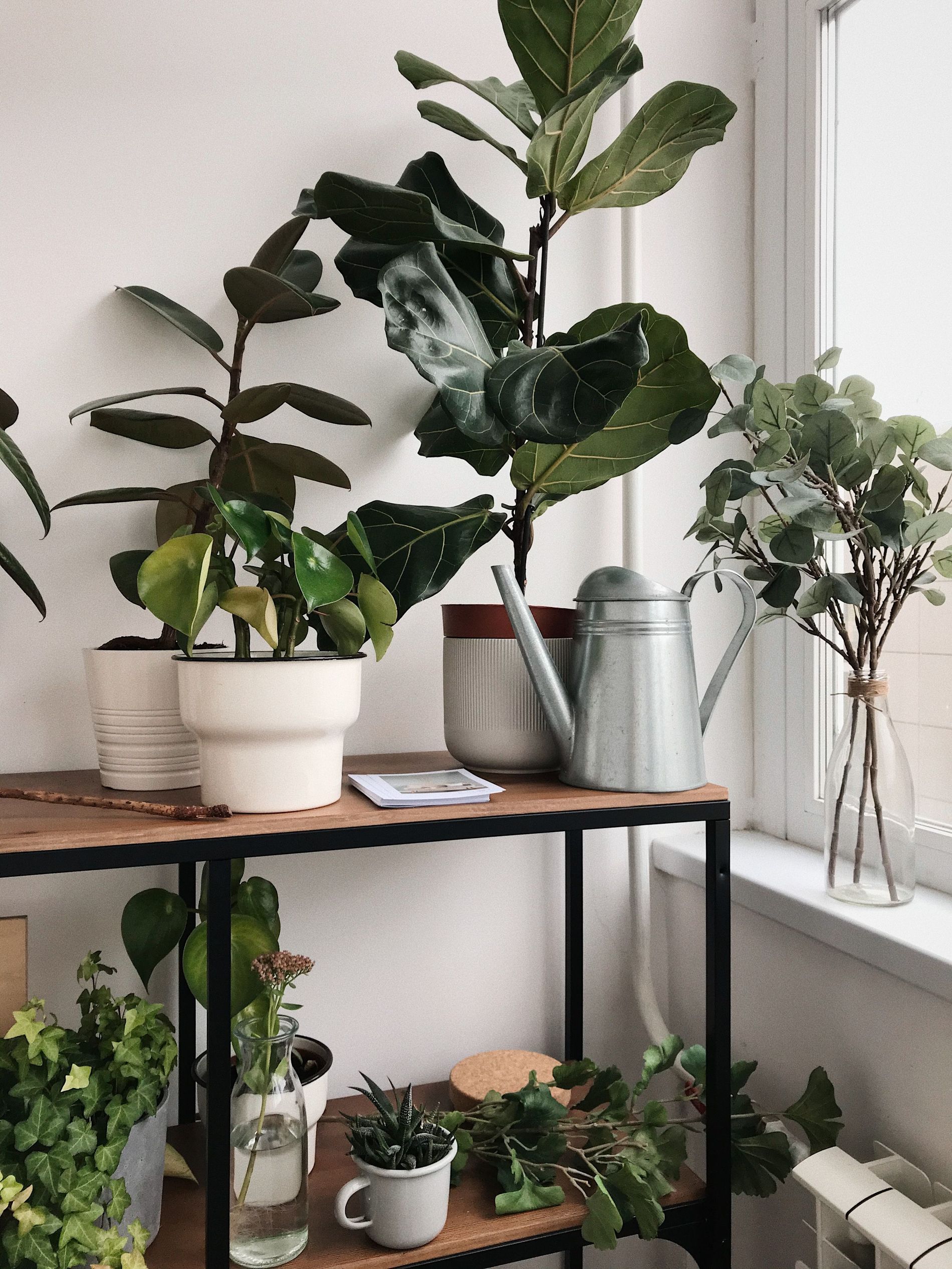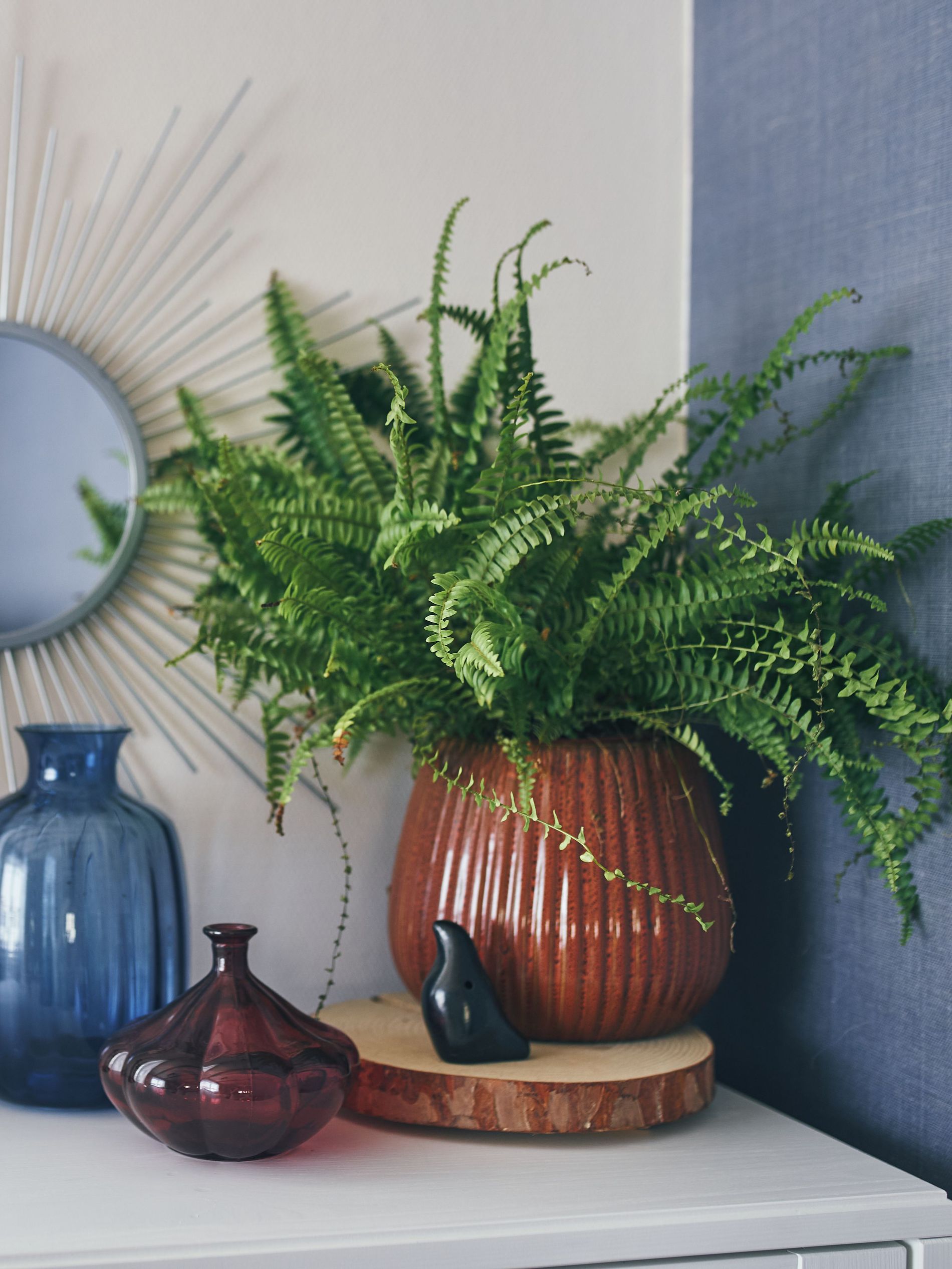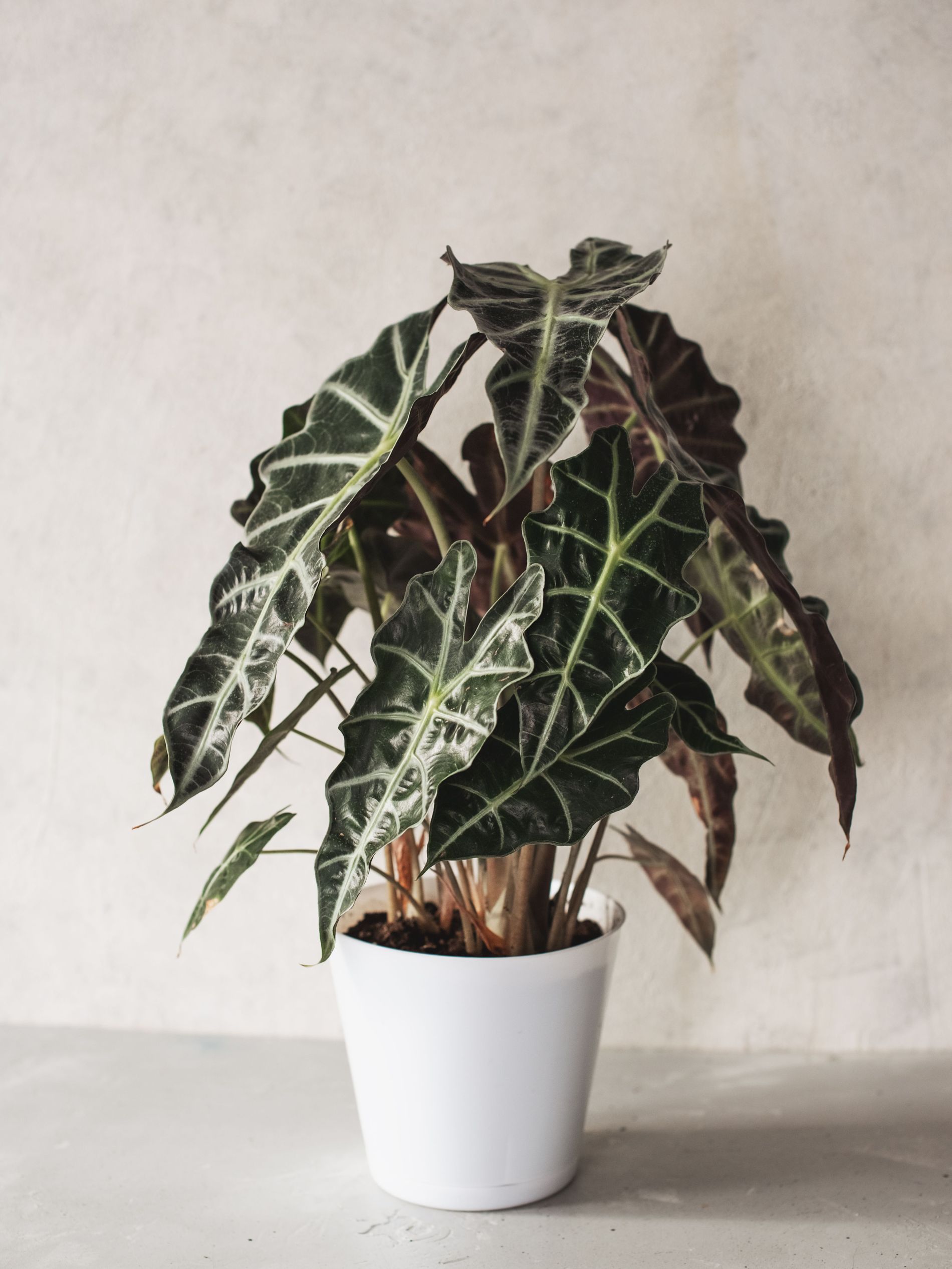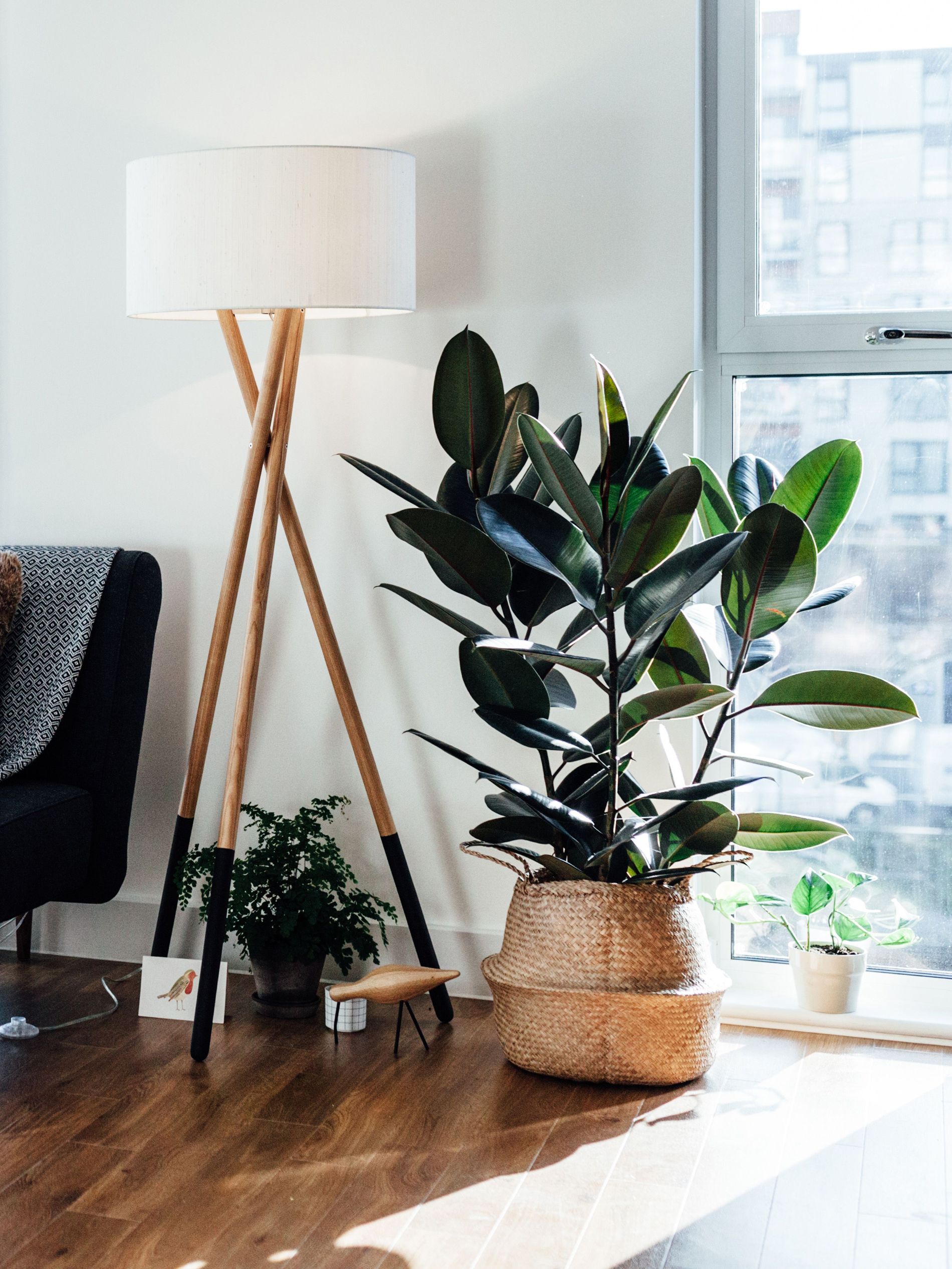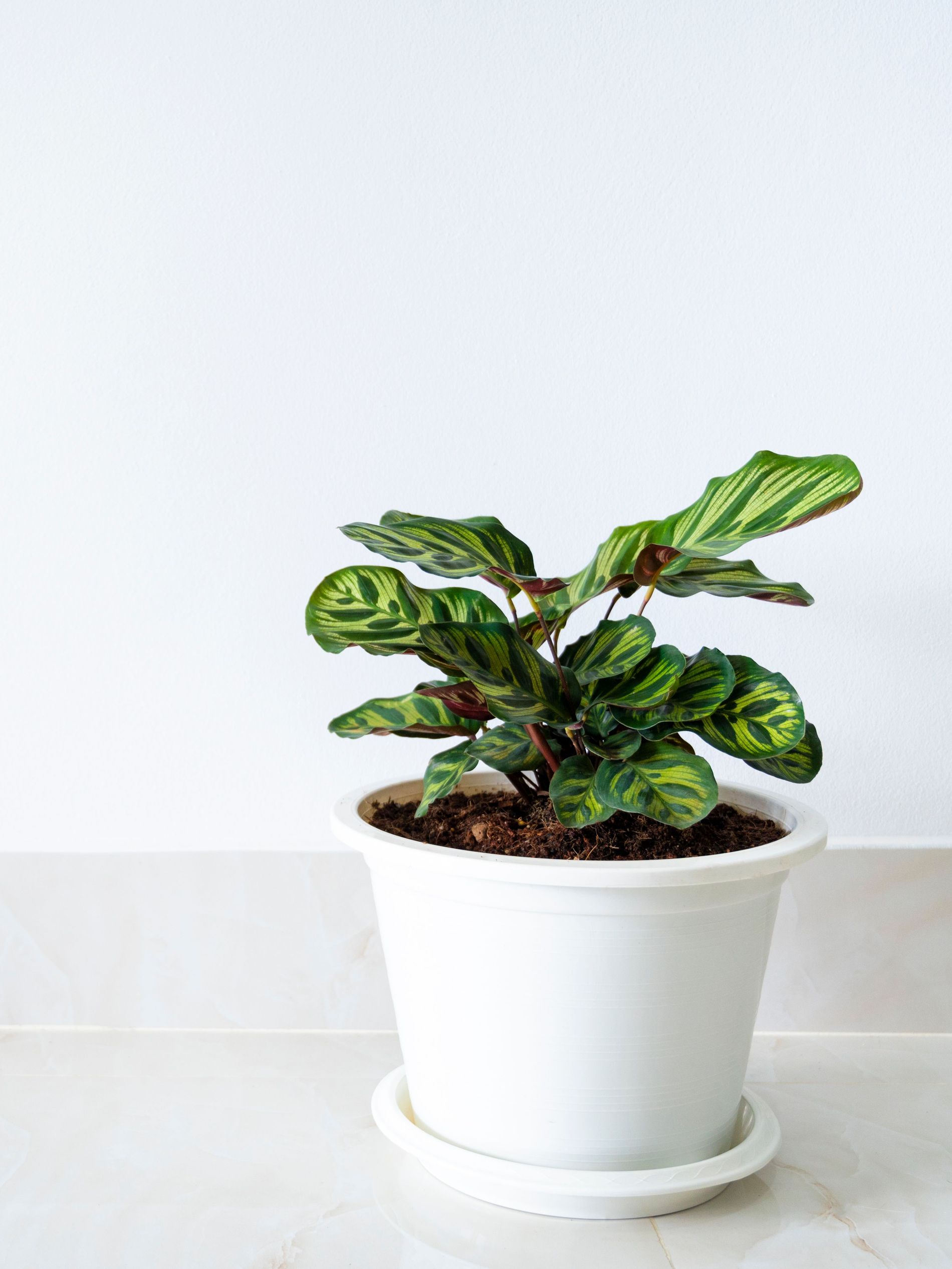Can't manage to keep your plants alive? Read on
All products featured on Vogue are independently selected by our editors. However, when you buy something through our retail links, we may earn an affiliate commission.
You know how keeping plants is supposed to be a fun and easy task? Well it’s not. Especially when you’re in the Nordics and half the year you get sun for 20 hours a day and during the other half you only get light for 5 hours in total. Nonetheless, we took it upon ourselves to find out the best plants to have all year round and what are the best tips on keeping them and us happy during every season.
Adding indoor plants to our living spaces is an amazing way of bringing life, colour and movement to otherwise dull, cold, areas. This being said, not every plant is designed to be an indoor plant and especially when you’re dealing with the particular environmental conditions you find in the Scandinavian region, keeping them happy might become a task where you end up killing your green friends, and with them, your will to have any vegetal life with you.
Parting from this, we decided to get in touch with Christoffer, from Christoffers Blommor, a plant shop and nursery in Stockholm, to get from him the expert tips on which plants where the best to have in our homes, how to keep them happy, and any other recommendations he might have for us, plant amateurs.
Flora must haves
First things first, which are the best plants to have at home?
When at home, we mostly want to gravitate towards green leafy plants and stay away from the flowering ones. Even though evergreens don’t have as much pizzaz as their flower producing counterparts, they hold better during the months of winter. During summer and spring they grow and rest, but stay green, during the colder months.
Now, continuing to the best plants to have, the list is quite longer than expected and actually comes down to preference in regards to style or aesthetics. At the top of the list we find Ferns and Ficus, the first being a vascular plant that thrives in low light conditions, and the latter, a member of the fig family, that is known for its hardiness and resistance to multiple types of environments.
The 5 best plants to have at home
After them, we also count in Alocasias, that come in both big - sometimes huge -and small sizes, and build into that tropical style we’ve all been obsessing with over the past seasons. Aloe Veras, interestingly enough, are also a nice plant to keep inside, and with a little bit of googling you might even include them into some of your DIY self care projects. Finally, Maranthas are also a good pick, with thin and colourful leaves, they are the perfect shelf plant that grows into hanging cascades of color and life.
Being a good host
Now, keeping them happy. This, according to Christoffer, turns out not to be such a hard task and it’s a matter of learning to read and understand our green little roommates. The most common issue is overwatering, especially during the months of winter. The best thing to do is feel the leaves and the soil of the plant, if it’s dry and the leaves are wimpy or soft that means it's time for a soak. A general rule of thumb is that plants need watering once a week, but the best thing is to take that day and before actually watering the plants, check them to see if they are actually in need of watering. Also, the best time of day to water our pals is during the early morning hours or at night, never when it’s in full sun.
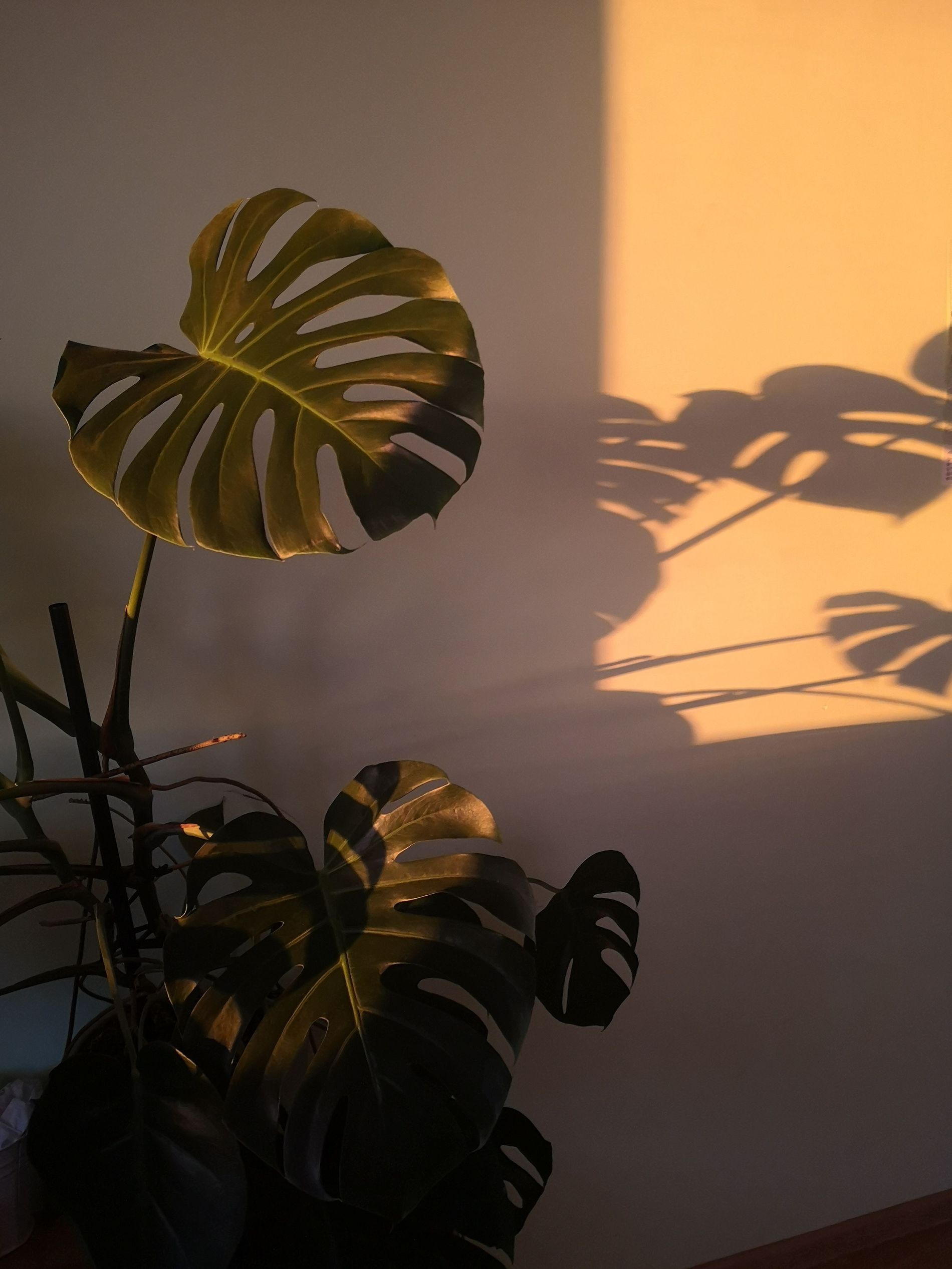
Photo: Getty
Continuing, now that we have watered our plants, how can we keep track if they’re actually thriving and happy with the care we’re giving them?
The best way is observing it’s evolution over time. Happy or healthy plants show a strong, natural, shade of green and during the months of summer displays signs of growth and development, like the growth of new leaves or the enlargement of its stem. If this isn’t happening, it might be time to reconsider the caring process you're giving to your indoor flora.
Winter is coming
Now, finally, the most important and dreaded segment of the guide. How to deal with the never ending Scandi winters?
Winter doesn’t necessarily mean the demise of our plants. During these months most of our plants enter a resting state, Christoffer says. So you just need to water less and move them closer to a window so they can catch as much sunlight as they can.
In regards to heat, plants hate cold, which is why we should always keep them away from drafts or currents. Radiators are a good source of heat, but they’re not always a good way of warming our plants up, as they produce dry heat that doesn’t go well with them. This being said, if it gets too cold, we might need to turn on the radiator to survive ourselves, so it’s just a matter of not keeping the thinned leafed plants too close, thicker leafed plants can manage.

What do you think? Are you ready to go out there and get yourself a couple new flatmates? As Christoffer says, "they’re plants, they’re meant to be fun." So give it a try and unleash your inner green thumb.
